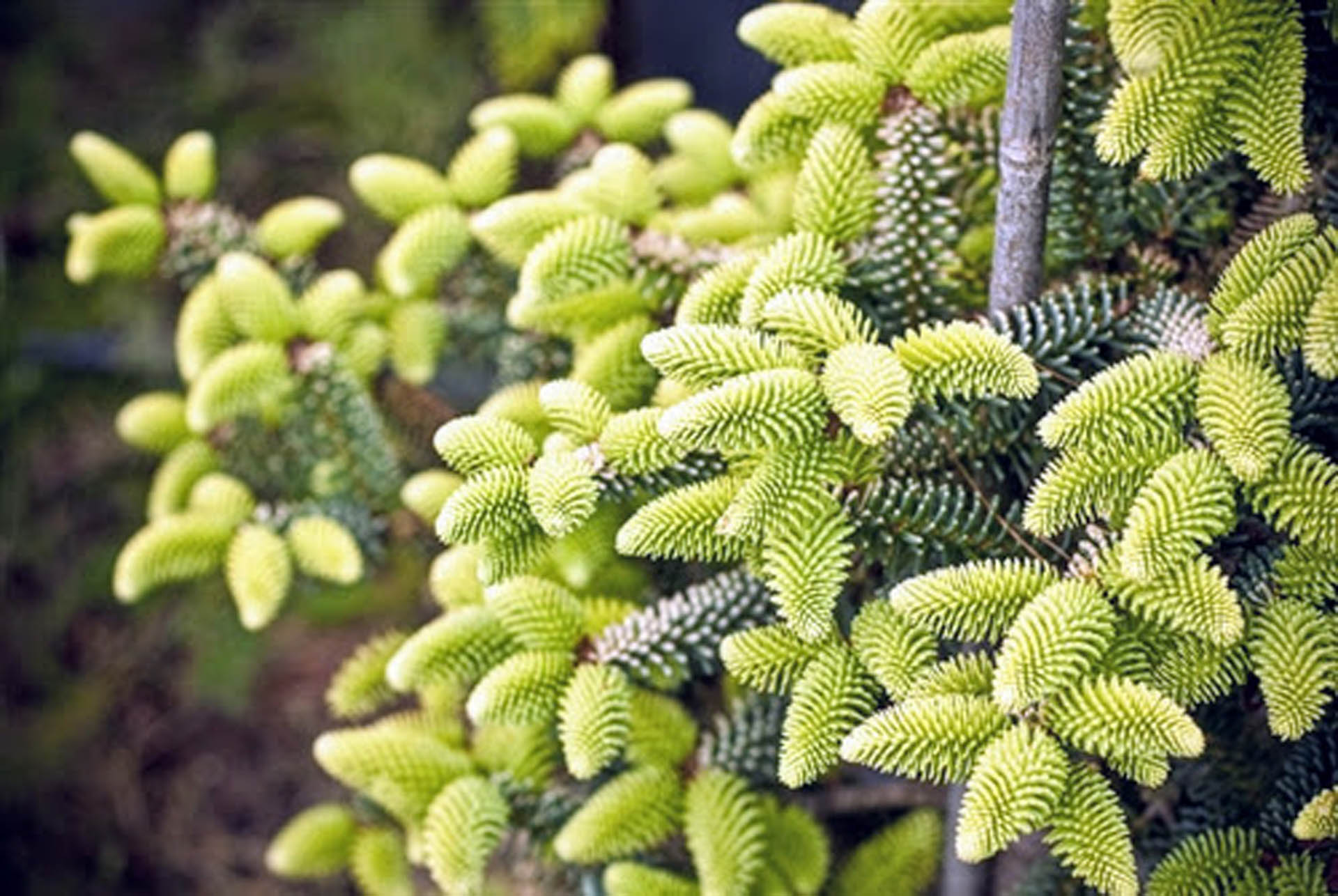With over 50 species of fir trees, it can be a little challenging to make a choice when it comes to the optimal tree type. Keep reading to find out more about the different types of fir trees.
Korean Fir
One of the most diminutive species of fir trees is the Korean fir. It has a modest growth rate and is adaptable to various environments. This conifer doesn’t need to be more than three feet tall before it begins producing cones.
The recognizable cones, which first emerged in the late spring, might have various colors of blue or purple. The short, wide needles may reach a length of up to 1.5 centimeters and are glossy dark green on the upper surfaces and silvery gray on the under surfaces. Because of its diminutive stature, this species is an excellent choice for a live Christmas tree.
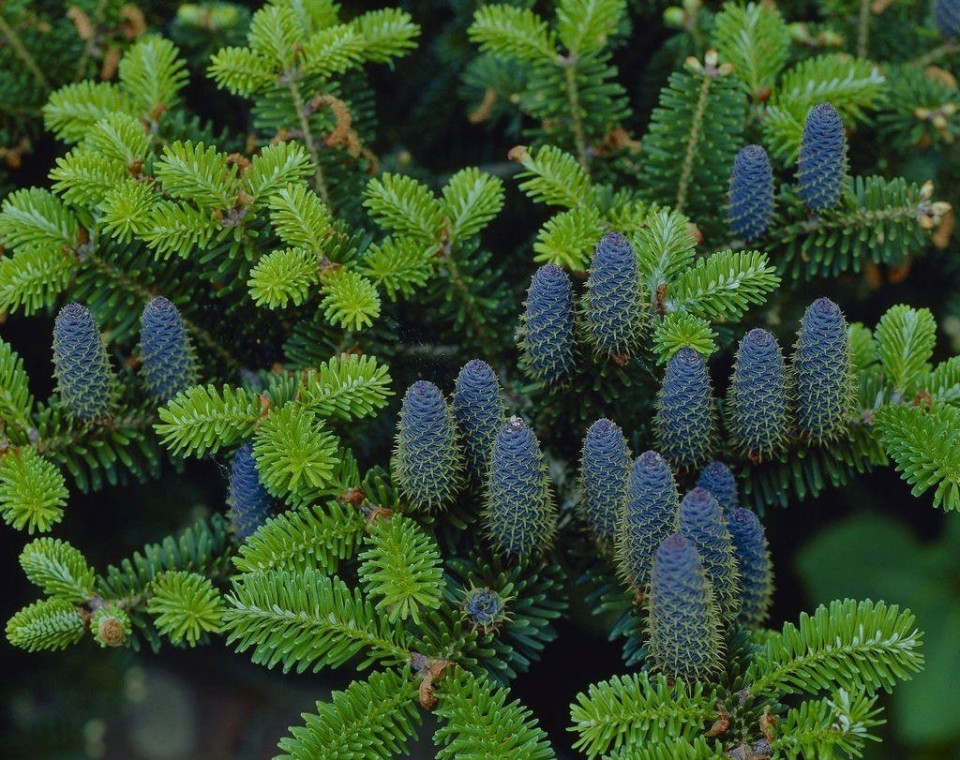
Silver Fir
The silver fir tree is a type of conifer that is endemic to Europe. It is a very tall tree with very few leaves. In North America and Europe, European silver firs remain popular choices for Christmas trees.
The foliage of silver firs resembles needles and has a shiny, black look on the surface. The length of the needles is about 1.18 inches (three centimeters), and the tips are notched. Cones are often rather enormous, reaching lengths of up to 7 inches (18.7 cm) and widths of up to 1.6 inches (4 cm).
The unusual triangular form of the juvenile variants of this tree, together with its fresh, mild perfume and needles that remain for a long time, have contributed to its popularity throughout the holiday season.
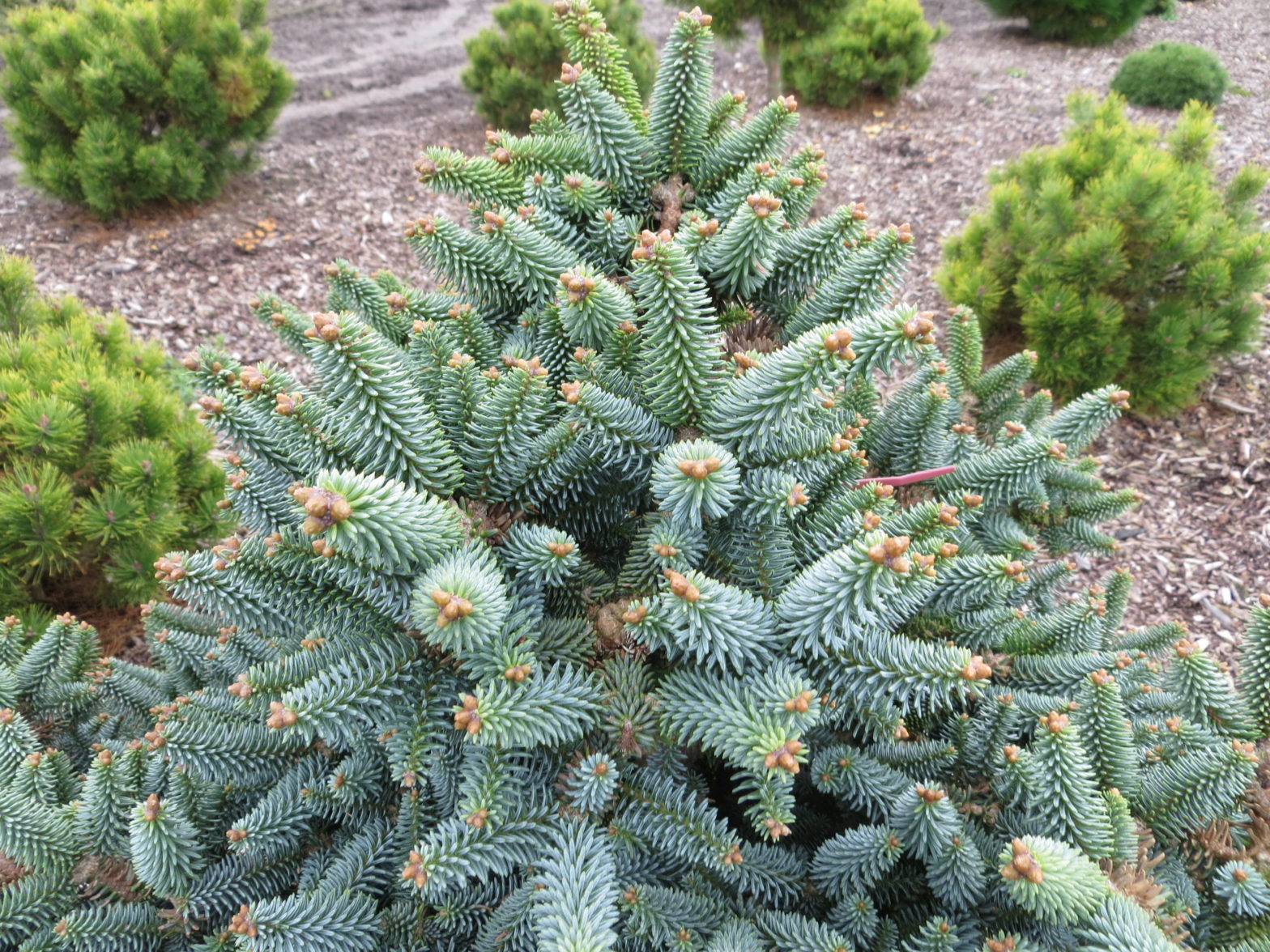
Fraser Fir
This fir species can only be found in its natural habitat in the Appalachian Mountains, which are located in the southern United States. The Fraser fir and the balsam fir are closely linked to one another. Typically reaching heights of 10 to 15 meters, this tree is an evergreen species. It has a round trunk and a conical crown with straight branches that grow horizontally or at an upward inclination of forty degrees from the stem. Young trees have a crown growing quite thickly, whereas mature trees will have a more open canopy.
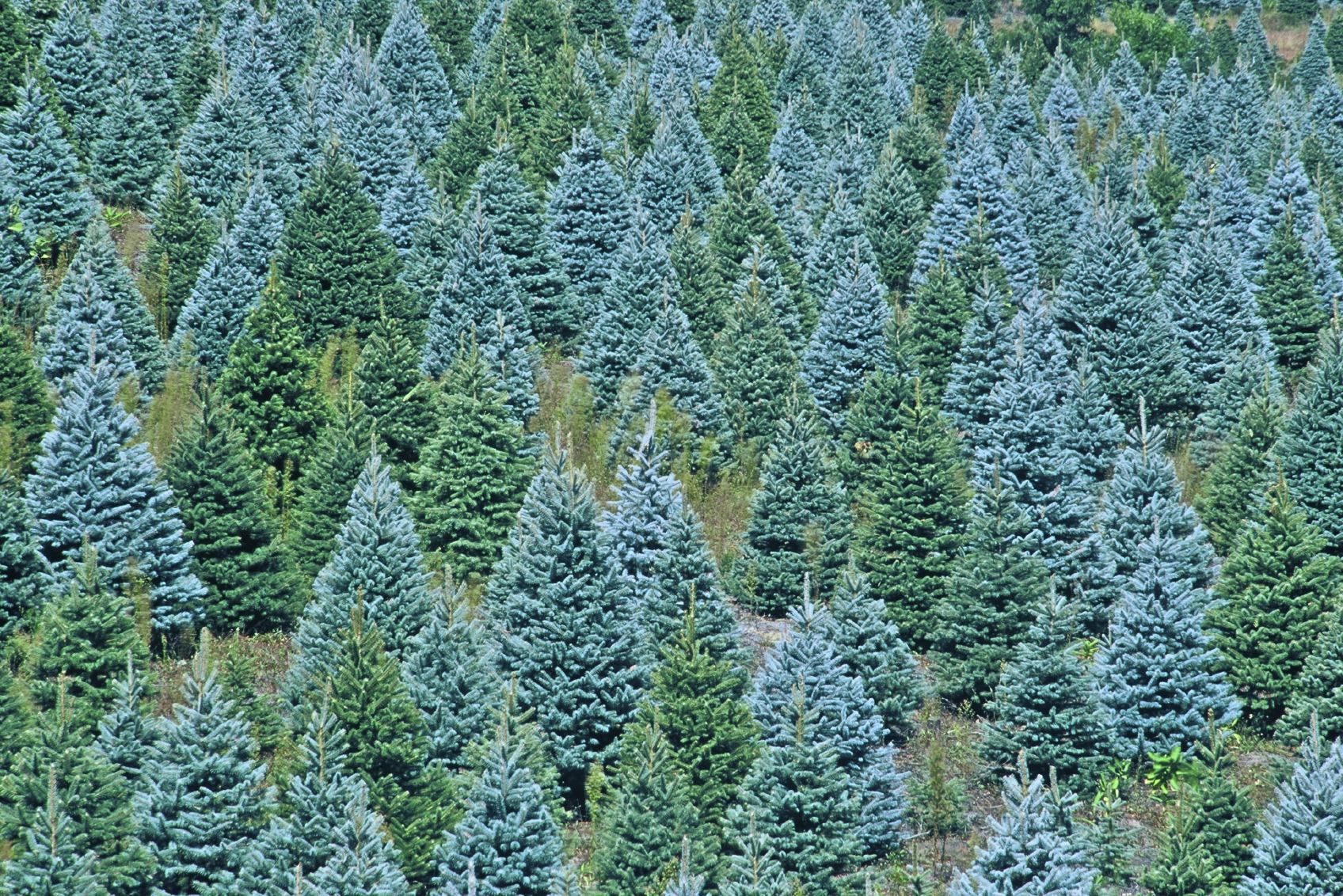
West Himalayan Fir
This kind of fir tree often referred to as the pindrow fir, is known for its prodigious size and distinctively long and thin conical form. To thrive, these trees, native to India and Pakistan, need a high humidity level and regular rainfall. The needle-like leaves of West Himalayan firs are the longest of any fir tree. The needles may reach up to 3.5 inches (9 cm) in length and have a shiny appearance. Two white stomatal bands may be seen on the underside of the needles, which contribute to the lighter look of the leaves.
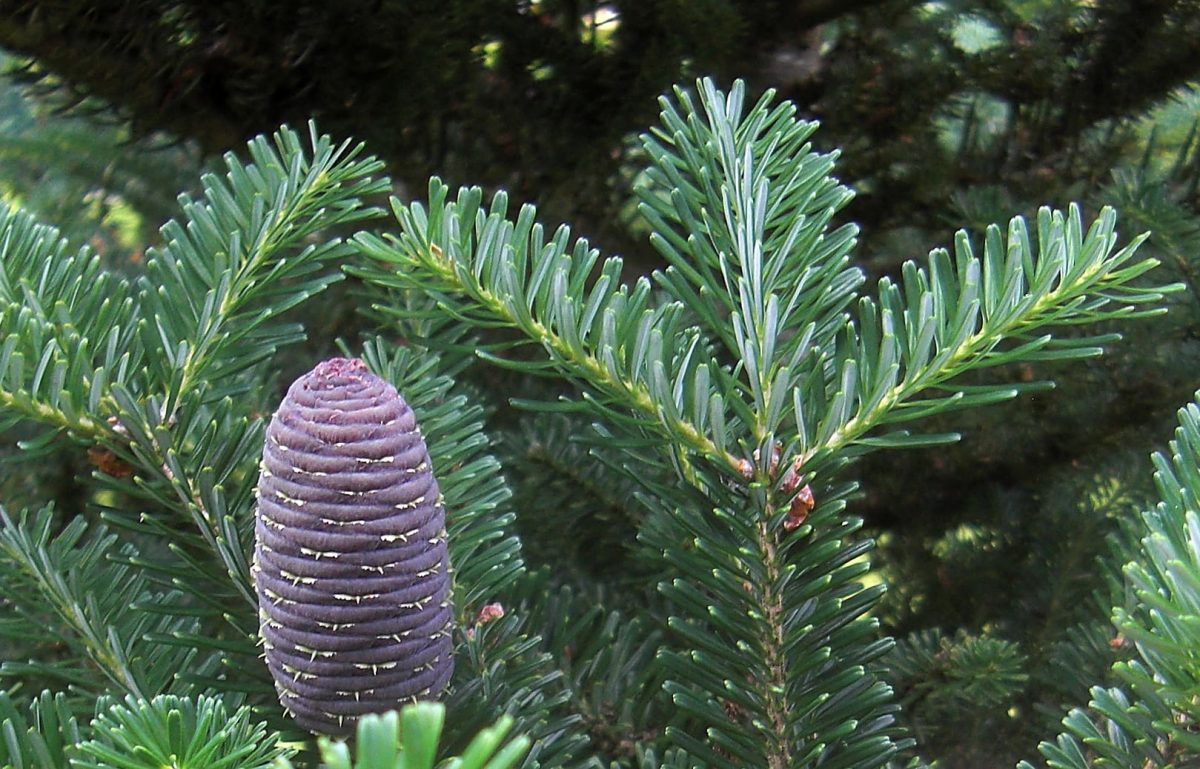
Siberian Fir
Because of the vast number of fir trees native to the Russian taiga, the region of Siberia is home to some of the most densely forested areas in the globe. The needles of the Siberian fir are famous for their pungent fragrance, and the tree itself is valued for its softwood and resilience. These trees can withstand the harsh conditions of the Russian winter and live in temperatures far below freezing. Because of its ability to thrive in shady conditions and colder temperatures, this plant is an excellent choice for environments found farther north.
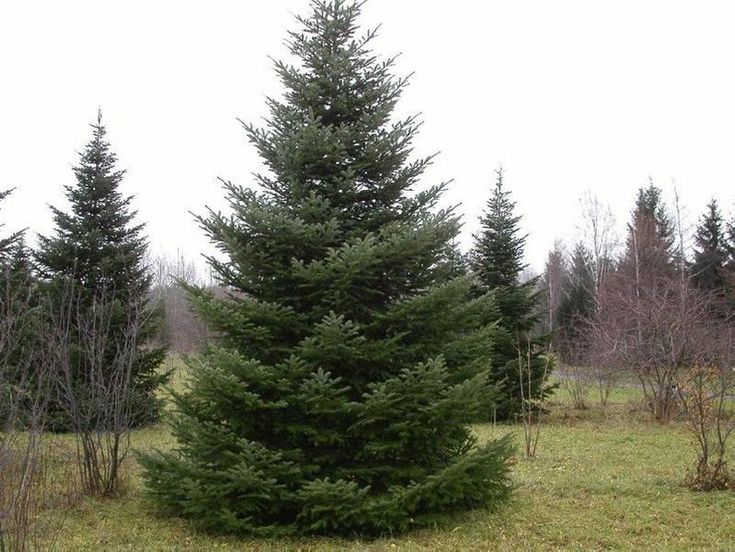
Noble Fir
This substantial fir tree is a well-liked kind of fir that deserves the moniker “noble” given to it. Its scientific name, Procera, literally translates to “tall,” and it refers to one of the tallest varieties of fir trees. Some of the most well-liked Christmas trees come in these evergreens’ dwarf variants. Noble fir trees thrive in coniferous woods where they get full sun and moderate shade. Their bluish-green, needle-like leaves ranging from 0.4 to 1.37 inches (1 to 3.5 cm). The needles are organized in a spiral on the shoots, as seen in close-up photos of the species.
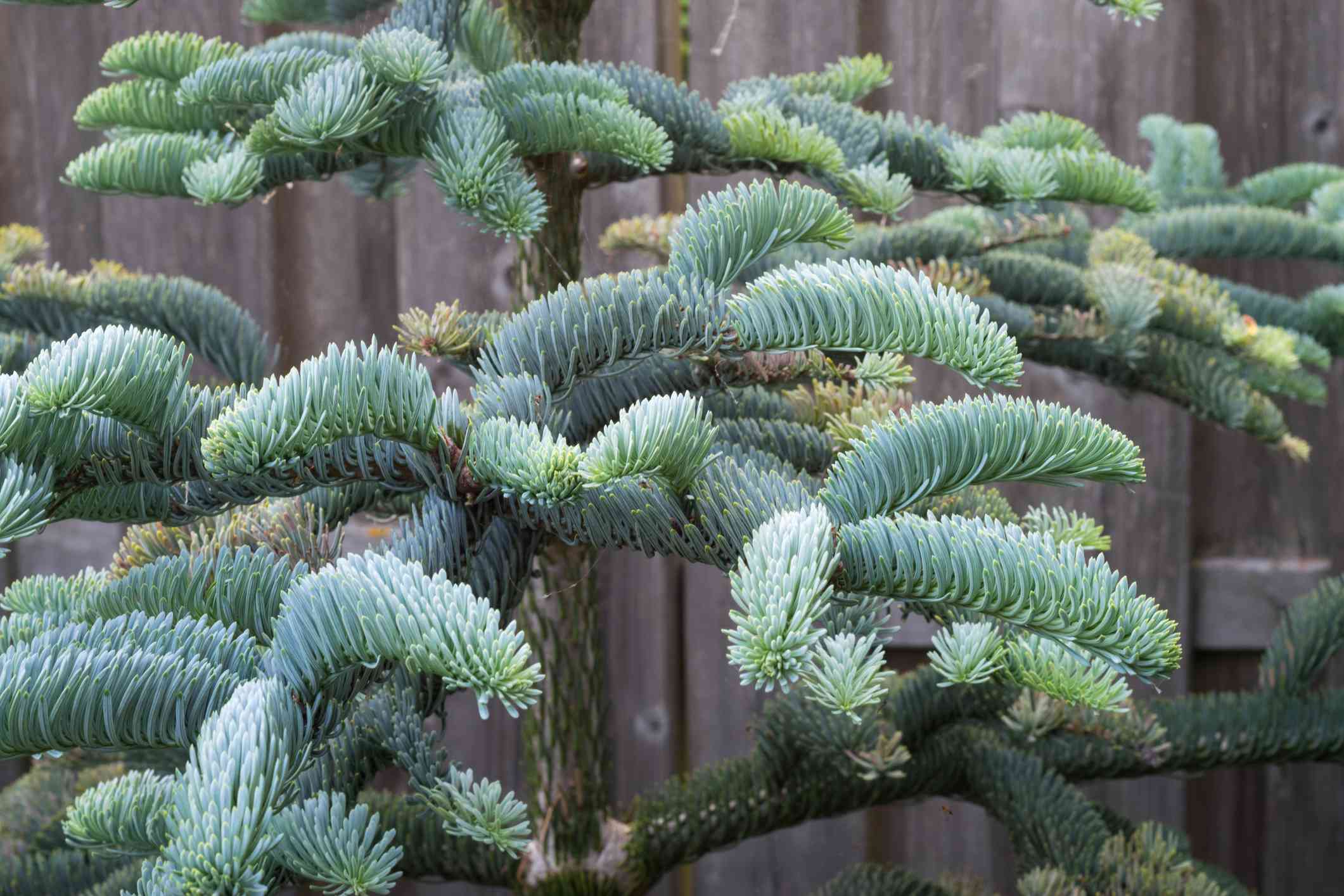
Spanish Fir
Northern Morocco and Southern Spain are this fir species’ natural habitats. Spanish fir is an evergreen tree that, under ideal circumstances, may reach around 100 feet. The Spanish fir is known for its cone-shaped crown, which develops into an uneven form as the tree grows. Spanish fir has radially distributed leaves all around the stalk. They have wide, white stomata bands on both sides of the leaf and are a dull blue-green tint.
